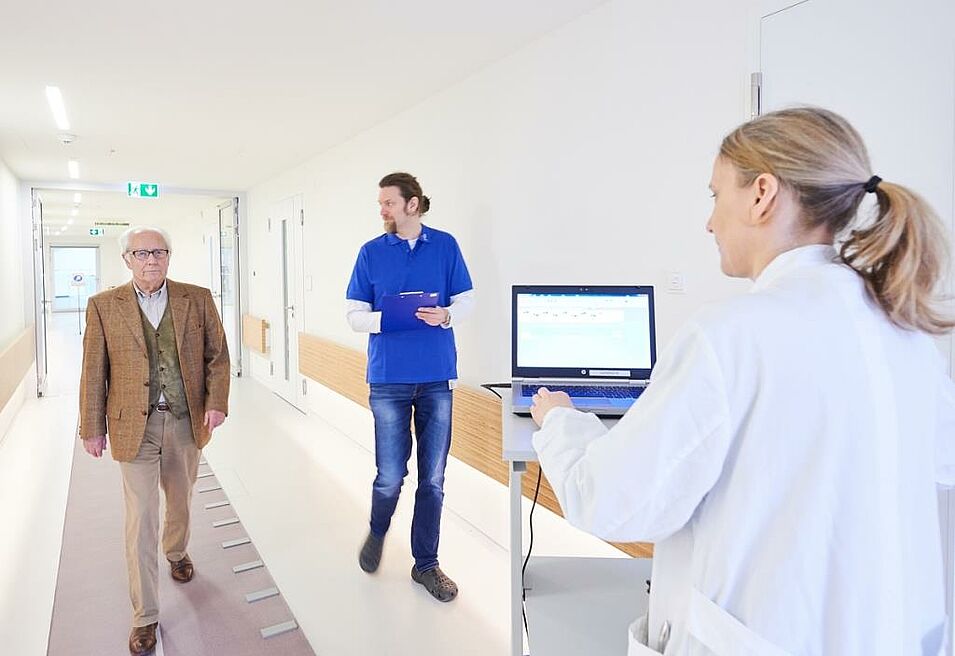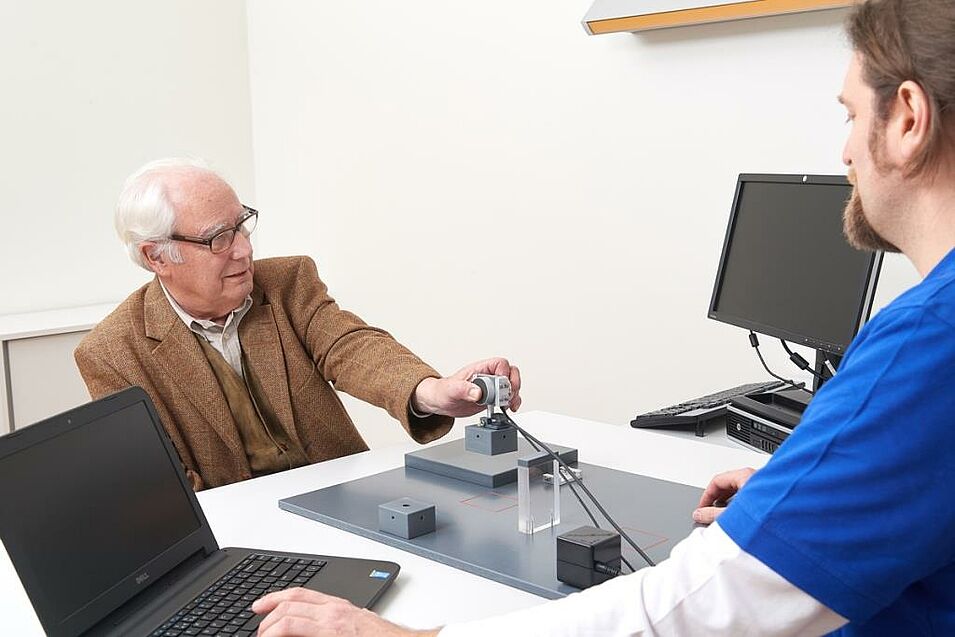Procedures
- Blood, nerve water analysis and skin biopsy
- Magnetic resonance tomography (MRI)
- Neuropsychological assessment
- Positron Emissions Tomography (PET)
- Quantitative motor methods/actigraphy/ gait analysis
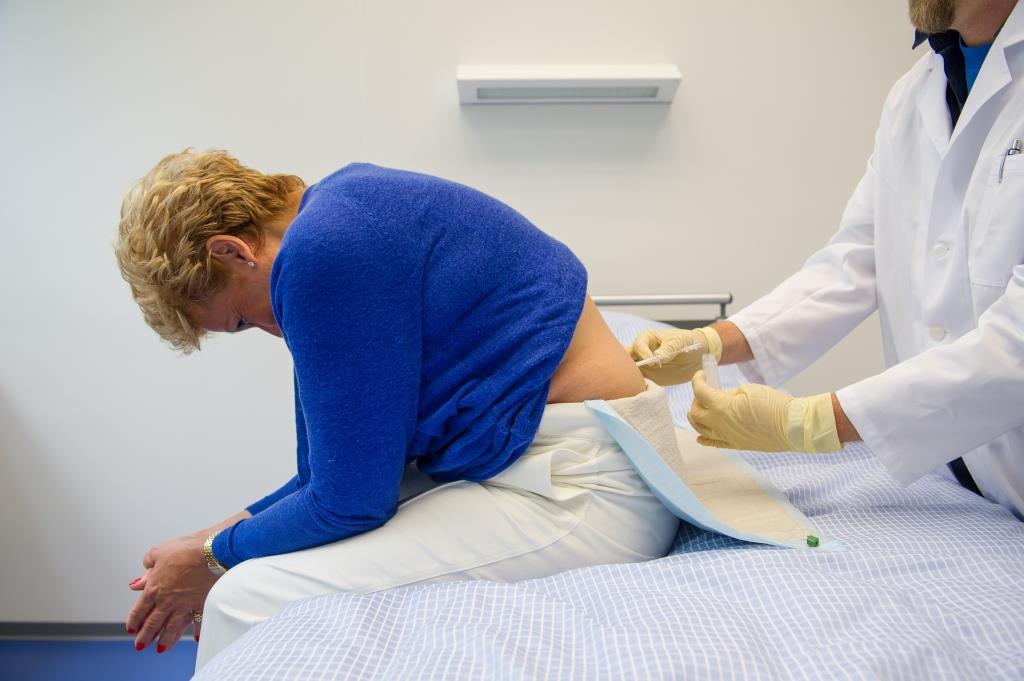
Blood, cerebrospinal fluid analysis and skin biopsy
Biomaterial is extracted, analyzed and stored to determine different risk markers for neurodegenerative diseases. Combining the results of biomaterial and clinical examinations should help to characterize neurodegenerative diseases in order to be able to detect diseases as early as possible and to classify them better.
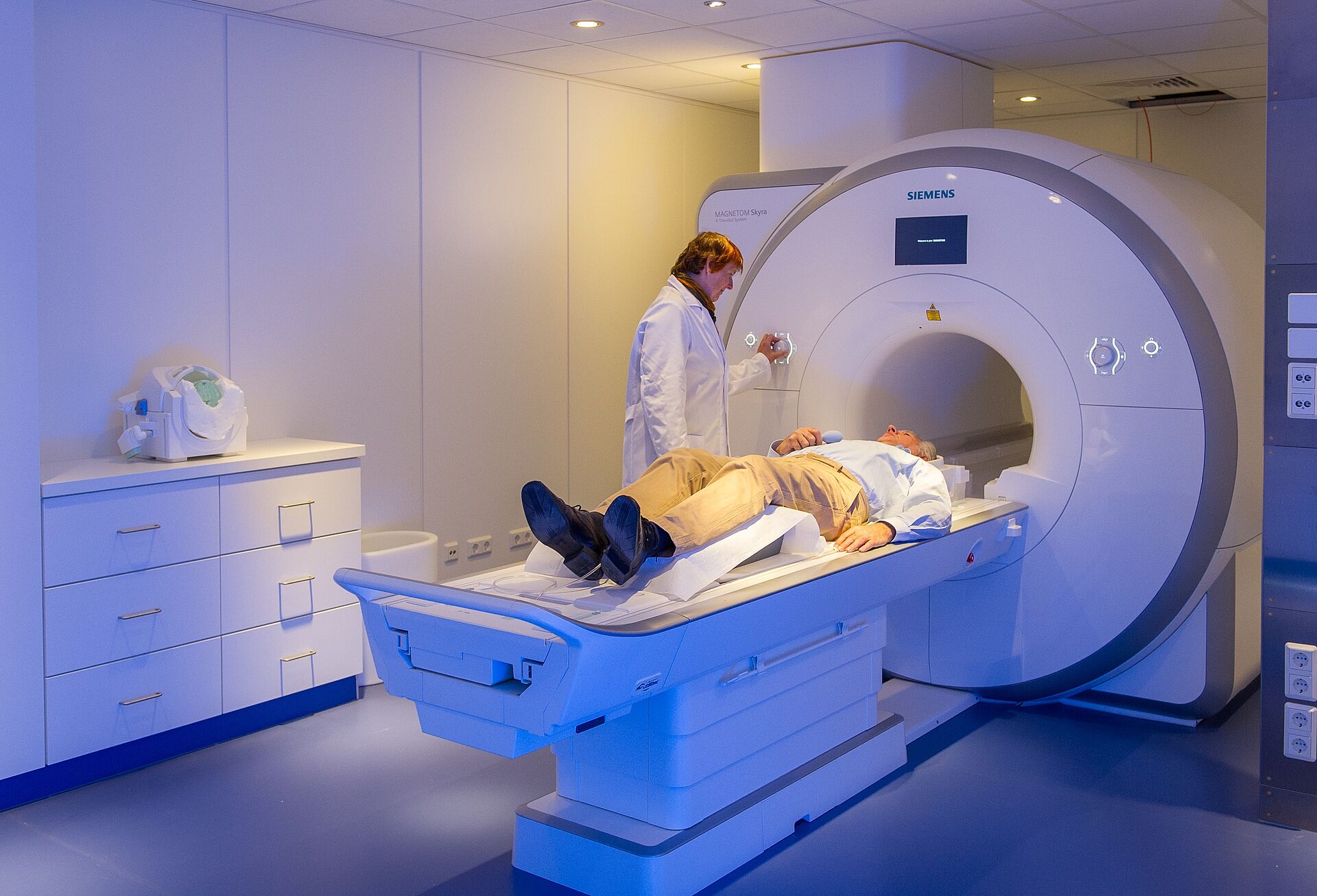
Magnetic Resonance Imaging (MRI)
Magnetic resonance imaging (MRI, also known as magnetic resonance tomography) enables high-resolution imaging of brain structures (structural MRI) and the display of changes in brain activation (functional MRI, fMRI) using magnetic fields.
This procedure is done in cooperation with the Klinikum rechts der Isar (TUM) and the Klinikum der Universität München (LMU).
Neuropsychological Assessment
The aim of a neuropsychological assessment is to identify potential limitations of mental functions. For this purpose, special standardized tests are used. In addition, self-reports by probands, third-party reports by relatives and behavioral observations are also included. This enables various aspects of performance such as perception, attention, memory and speech, but also emotional experience, personality and everyday behaviour to be recorded and assessed with regard to possible disease-related changes.
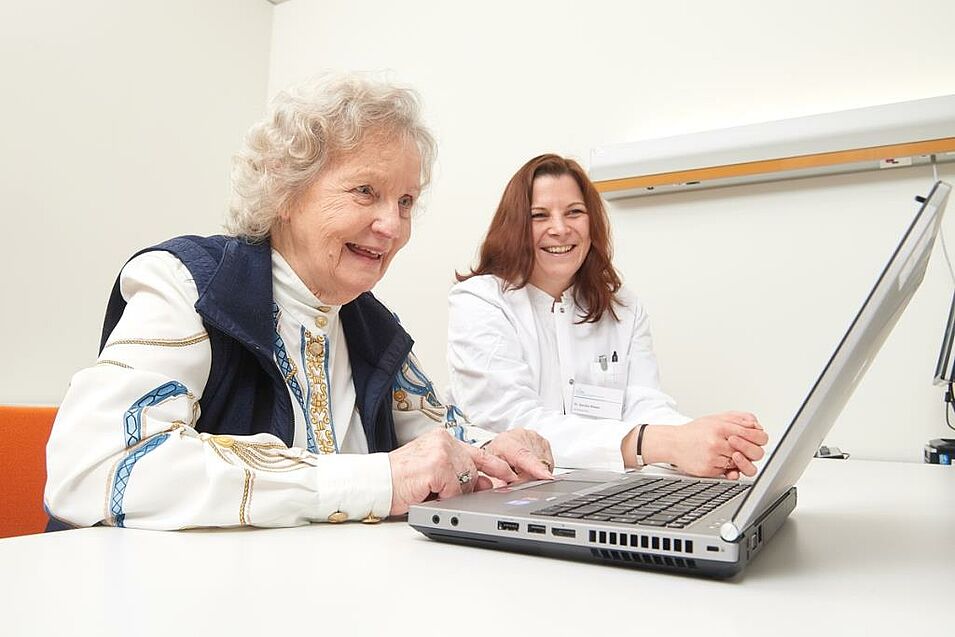
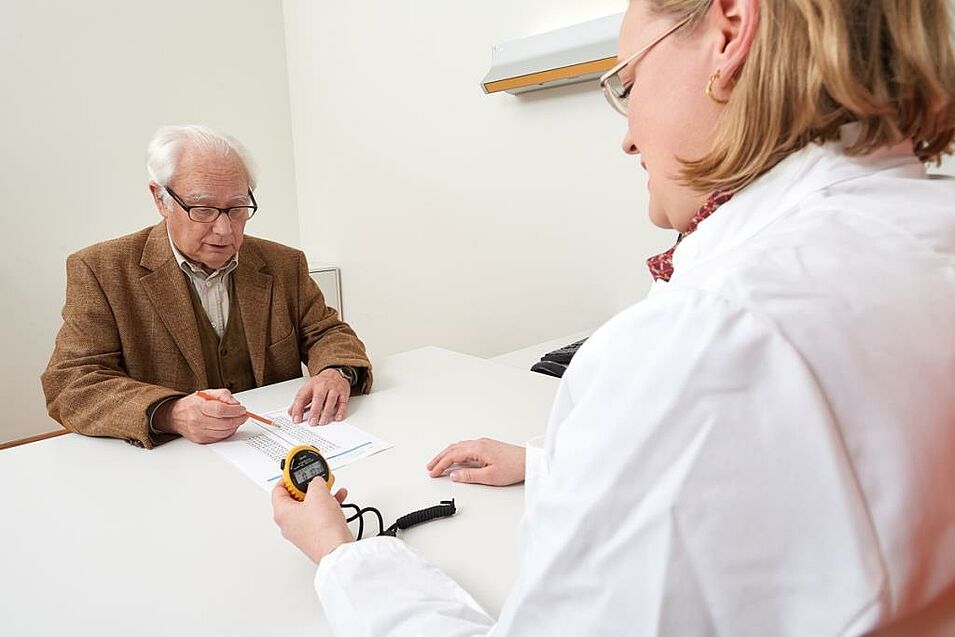
Positron Emission Tomography (PET)
PET is used as a nuclear-medical procedure to present molecules and metabolic processes in the brain with the help of weak-radioactive substances. In the case of neurodegenerative diseases, PET examination can be used in particular to ensure diagnosis and to objectively measure the course of the disease.
This procedure is done in cooperation with the Klinikum rechts der Isar (TUM) and the Klinikum der Universität München(LMU).

